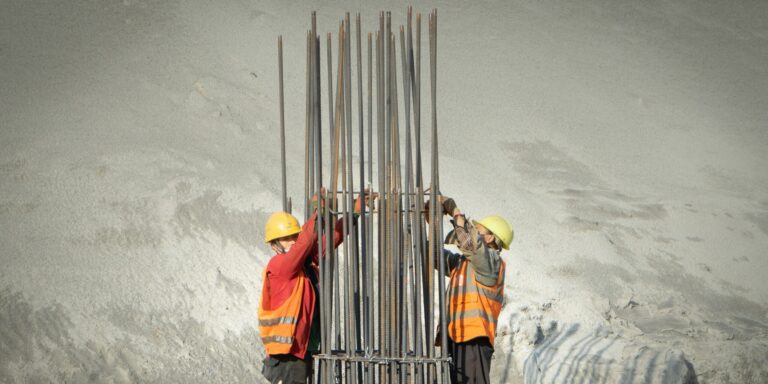With mortgage rates hovering around the mid-6% range, U.S. homebuilders are leaning heavily on buyer incentives to maintain momentum in the housing market. As real estate activity picks up pace in key regions, industry experts say that 2025 is shaping up to be a pivotal year for both builders and buyers—particularly in traditionally hot markets.
According to recent reports from MarketWatch and the National Association of Realtors (NAR), builders are increasingly offering financial incentives to attract hesitant homebuyers. These include covering closing costs, offering mortgage-rate buydowns, and even providing home upgrades at no additional charge. The strategy reflects efforts to counterbalance affordability challenges posed by higher borrowing costs and to reduce inventory backlogs accumulated during slower months.
In June alone, more than 60% of builders nationally offered at least one form of buyer incentive, while 37% reduced base home prices—a trend not seen since the early 2020s. Prominent national firms like Lennar and KB Home have publicly cited these promotions as key drivers behind renewed buyer engagement in recent earnings calls.
“Builders are getting creative again, just like they did in 2008 and 2020. They’re reading the market and adjusting in real time,” said Danielle Hale, chief economist at Realtor.com.
This approach is paying off. NAR now projects that existing-home sales will increase by 7% to 12% in 2025, after years of suppressed transaction volume. The median home price is expected to reach approximately $410,700—a modest rise that reflects price stabilization rather than runaway appreciation. This marks a significant recovery from 2023 and 2024, when affordability concerns and rate volatility suppressed market participation.
Industry insiders attribute the resurgence in demand to two primary factors: stable mortgage rates and an evolving buyer-seller dynamic. While rates remain elevated compared to the ultra-low levels of the pandemic era, their current stability offers predictability—encouraging more buyers to act now rather than wait for further drops.
In addition, buyers are regaining negotiation power. Longer listing times, expanded inventory, and fewer bidding wars are giving home shoppers greater leverage. Real estate agents nationwide are reporting a marked shift in the balance of power, particularly in high-demand metros like Dallas, Charlotte, and Tampa.
“Buyers today have more time to evaluate homes, conduct thorough inspections, and negotiate terms. It’s no longer a race,” said Los Angeles–based Realtor Marcus Levy. “First-time buyers, especially, are finding options they didn’t have before.”
These dynamics are also influencing the resale market. As buyers enjoy more favorable conditions, sellers are adapting by pricing homes more competitively and offering concessions previously considered rare. Some homeowners are offering to cover inspection repairs or provide home warranties to sweeten deals.
The current climate is also benefiting “move-up” buyers—those looking to sell their current home and upgrade. With rising inventory and stable prices, these buyers can list their homes confidently while also negotiating effectively on new purchases.
Still, challenges persist. Affordability remains a concern, especially in expensive urban markets. Wage growth has not kept pace with housing costs, and many buyers remain priced out despite incentives. However, the broader trend points toward a normalization of market conditions.
“2025 is looking like a transition year—a bridge between the volatility of the past and the stability of what’s to come,” said Lawrence Yun, chief economist for the NAR. “We’re seeing more inventory, more transparency, and a more informed buyer pool. That’s healthy.”
Looking forward, analysts expect builder incentives to continue through the end of the year, especially if mortgage rates hold above 6%. The hope is that a competitive, yet accessible, market environment will sustain demand and fuel a steady increase in transactions through the fall and into 2026.
